The Hyderabad Metropolitan Development Authority (HMDA) has not yet notified the Full Tank Level (FTL) and buffer zones for approximately 3,000 lakes. This delay raises serious concerns regarding environmental degradation, urban flooding, and the future water security of the region. As Hyderabad rapidly urbanizes, the absence of formal demarcations for these lakes leaves them vulnerable to encroachments, unregulated construction, and potential legal conflicts. This article delves into the significance of the FTL and buffer zones, the consequences of their absence, and the steps needed to protect Hyderabad’s crucial water bodies.
Importance of FTL and Buffer Zones
The FTL of a lake represents the maximum water level that can be sustained without flooding. Buffer zones, on the other hand, are protected areas surrounding the FTL boundary, ensuring that construction or other human activities don’t harm the lake’s ecosystem. Together, they serve as vital tools in urban planning and environmental conservation.
For Hyderabad, a city prone to seasonal flooding, these demarcations are crucial to maintaining its delicate hydrological balance. The lakes act as natural reservoirs, absorbing excess rainwater and mitigating floods. Without clear FTL and buffer zone notifications, rampant construction and encroachments can take over these vital spaces, reducing the lakes' ability to regulate water flow.
Furthermore, the protection of lakes is essential for groundwater recharge, which sustains the city's water supply during drier months. In the absence of proper safeguards, not only are these water bodies at risk, but the long-term water security of Hyderabad's growing population is also in jeopardy.
Encroachments and Unregulated Urbanization
The delay in notifying FTL and buffer zones has led to significant encroachments on lake beds across Hyderabad. Unchecked construction activities have mushroomed in areas that would otherwise be protected. This not only disturbs the ecological balance of the lakes but also increases the risk of urban flooding, particularly during monsoon seasons. The increased impermeable surfaces reduce the natural absorption of water, leading to excessive runoff and waterlogging in low-lying areas.
Environmentalists argue that once construction occurs in a lake’s buffer zone, it becomes nearly impossible to reclaim the land for ecological restoration. In the worst-case scenario, these water bodies may shrink or completely disappear, exacerbating water shortages and flooding in the future.
The HMDA and the Telangana government’s failure to notify FTL and buffer zones has resulted in a lack of accountability for encroachers. Developers take advantage of the absence of official demarcations, pushing the boundaries of permissible construction and further endangering the lakes.
Legal and Administrative Challenges
One of the reasons behind the delay in notifications could be administrative bottlenecks, including a lack of comprehensive surveys and disputes over land ownership. Often, lakes in Hyderabad have been neglected or poorly managed over the decades, leading to confusion over their actual boundaries. This has resulted in protracted legal disputes between developers, local authorities, and residents.
Another major issue is the inconsistent enforcement of existing regulations. While some lakes have been partially notified, a large number remain unprotected due to lax monitoring and enforcement mechanisms. The lack of coordination between various government departments further complicates efforts to ensure the preservation of these lakes.
In some cases, local resistance from landowners or illegal occupiers has delayed the notification process. These stakeholders may view the official designation of FTL and buffer zones as a threat to their property rights, leading to further conflicts and delays in the enforcement of regulations.
Environmental and Social Impact
The lakes of Hyderabad are not only important for flood control and groundwater recharge but also serve as important ecosystems that support biodiversity. These water bodies are home to a variety of flora and fauna, many of which are now endangered due to habitat destruction and pollution. Without the necessary legal protection, these ecosystems face the risk of irreparable damage.
On the social front, the encroachment of lake areas disproportionately affects marginalized communities. In many cases, the urban poor reside in informal settlements around lakes. These areas, prone to flooding and pollution, are often the first to suffer from the consequences of unregulated development. The lack of clear FTL and buffer zone notifications, therefore, exacerbates the vulnerability of these communities.
Additionally, the disappearance of lakes due to encroachments threatens the cultural heritage of Hyderabad. Many of the city's lakes have historical significance, and their loss would mark the erasure of important aspects of Hyderabad’s identity.
Addressing Challenges
To address the growing concerns over the city’s lakes, the HMDA must expedite the notification of FTL and buffer zones. A transparent and systematic approach to demarcating and protecting these lakes is critical for Hyderabad’s sustainable growth.
Steps must be taken to conduct comprehensive surveys of all lakes in the region, with input from environmental experts and local communities. Additionally, strict enforcement of FTL and buffer zone regulations, backed by penalties for violations, is essential to curb encroachments and ensure the long-term preservation of these water bodies.
Public awareness campaigns about the importance of lakes and their protection could also help galvanize support for conservation efforts. As urbanization continues to spread, the need for concerted action to protect Hyderabad’s lakes has never been more urgent.
The Road Ahead
The delay in notifying the FTL and buffer zones of 3,000 lakes in Hyderabad represents a major environmental and planning challenge for the city. These lakes are not just bodies of water; they are crucial for flood management, water security, and biodiversity. The longer these notifications are delayed, the greater the risk of irreversible damage to Hyderabad’s natural heritage. It is imperative that the government takes swift and decisive action to protect these lakes, ensuring the city’s resilience in the face of rapid urbanization and climate change.

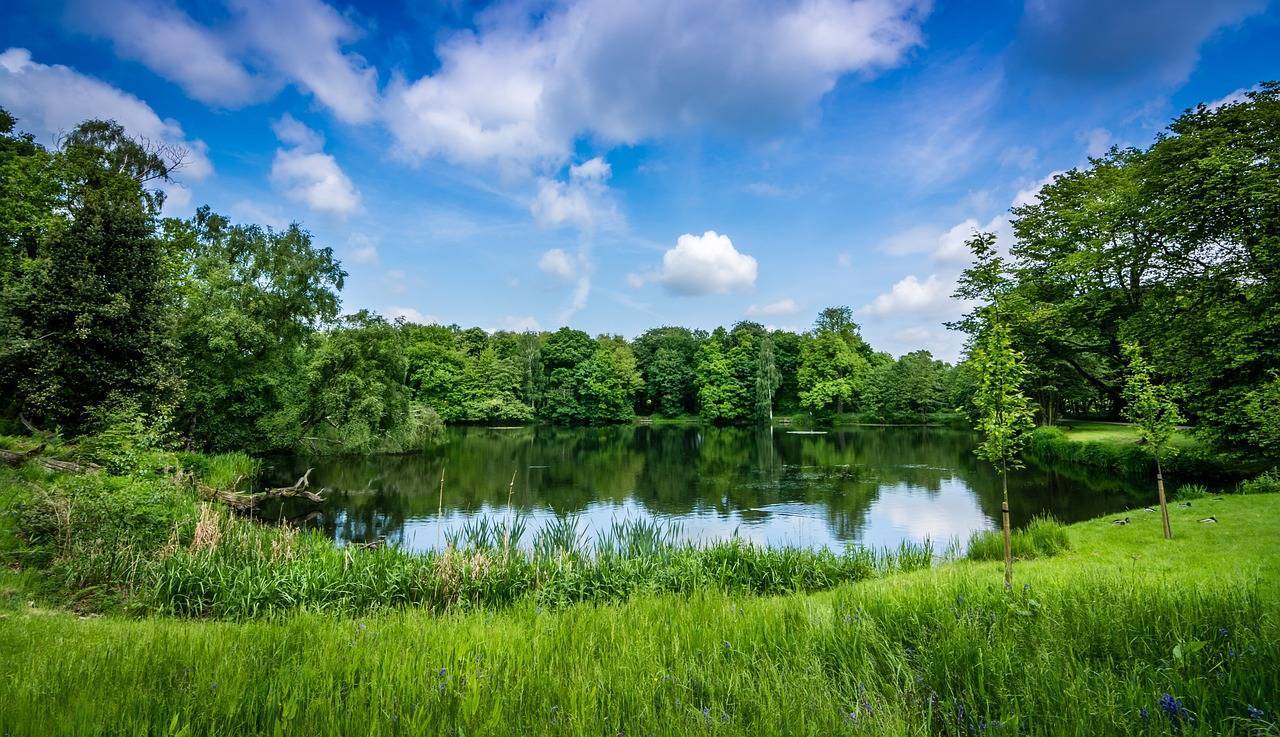
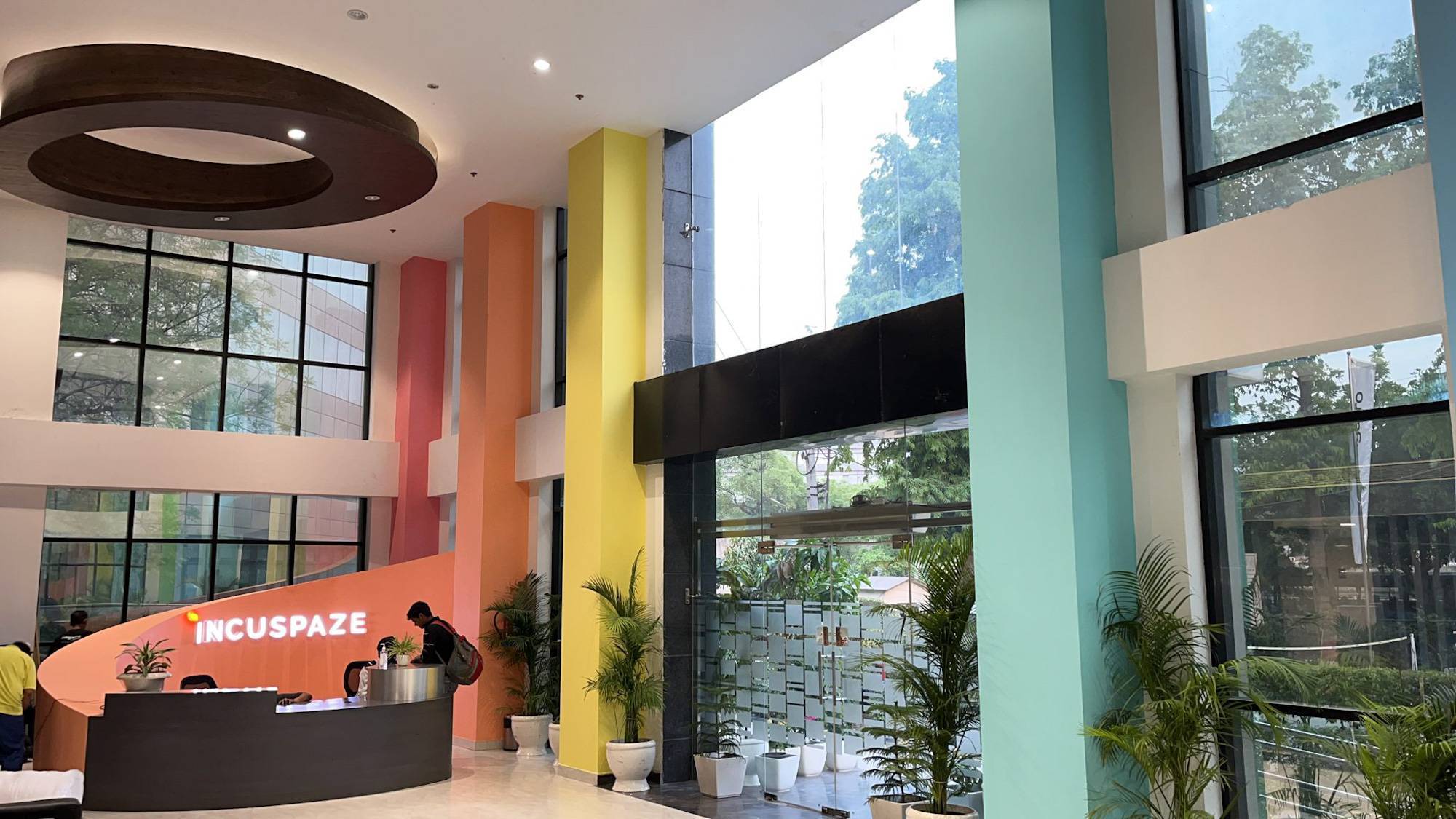
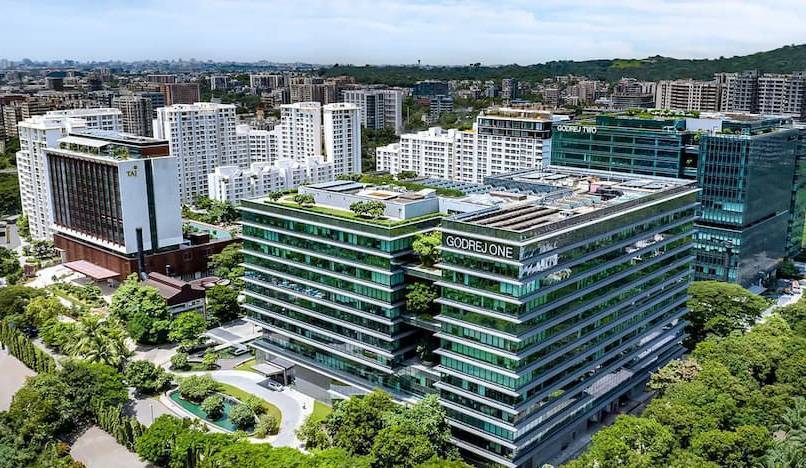
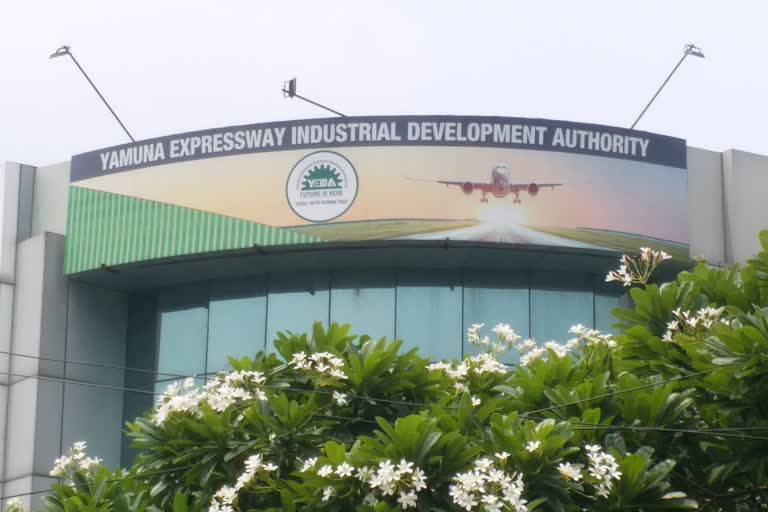
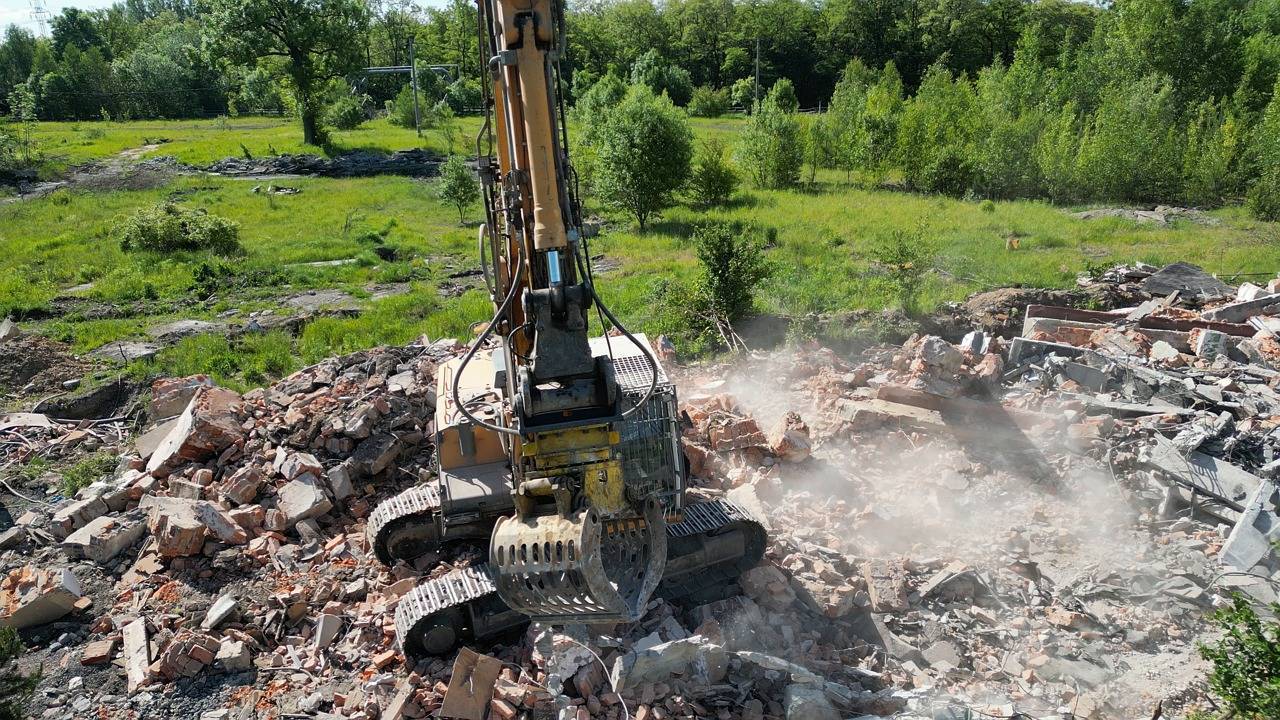

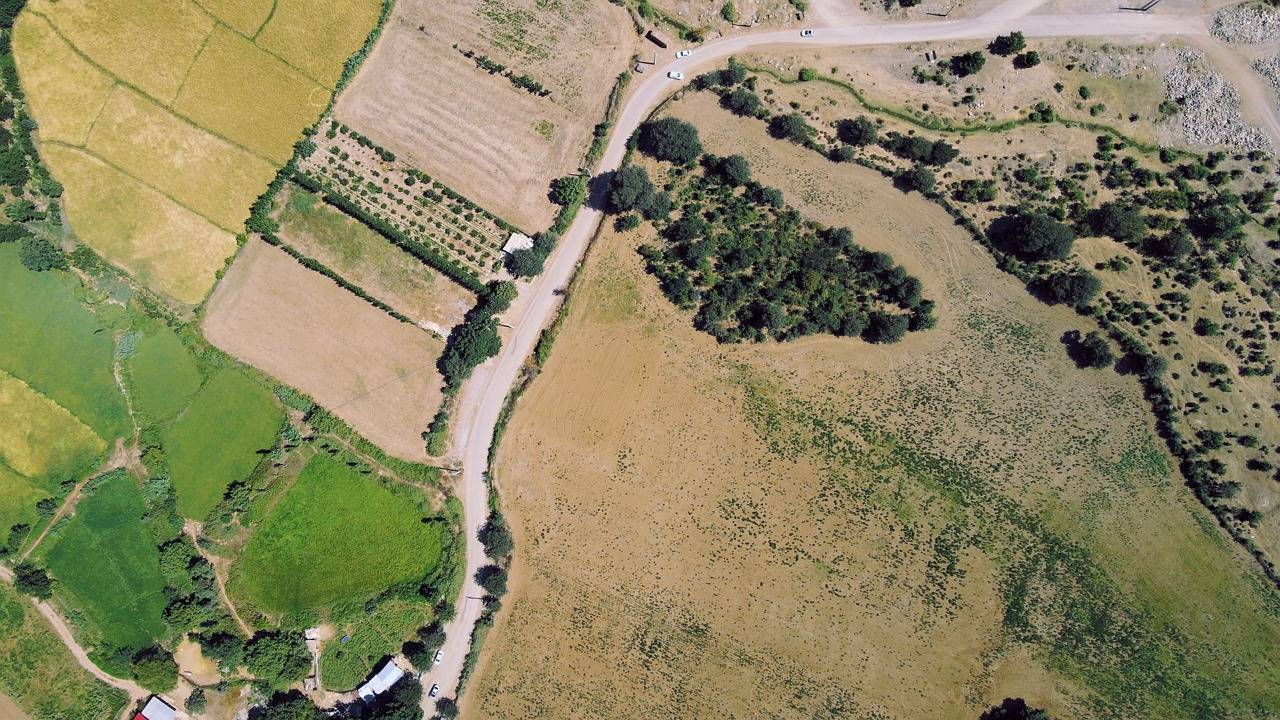
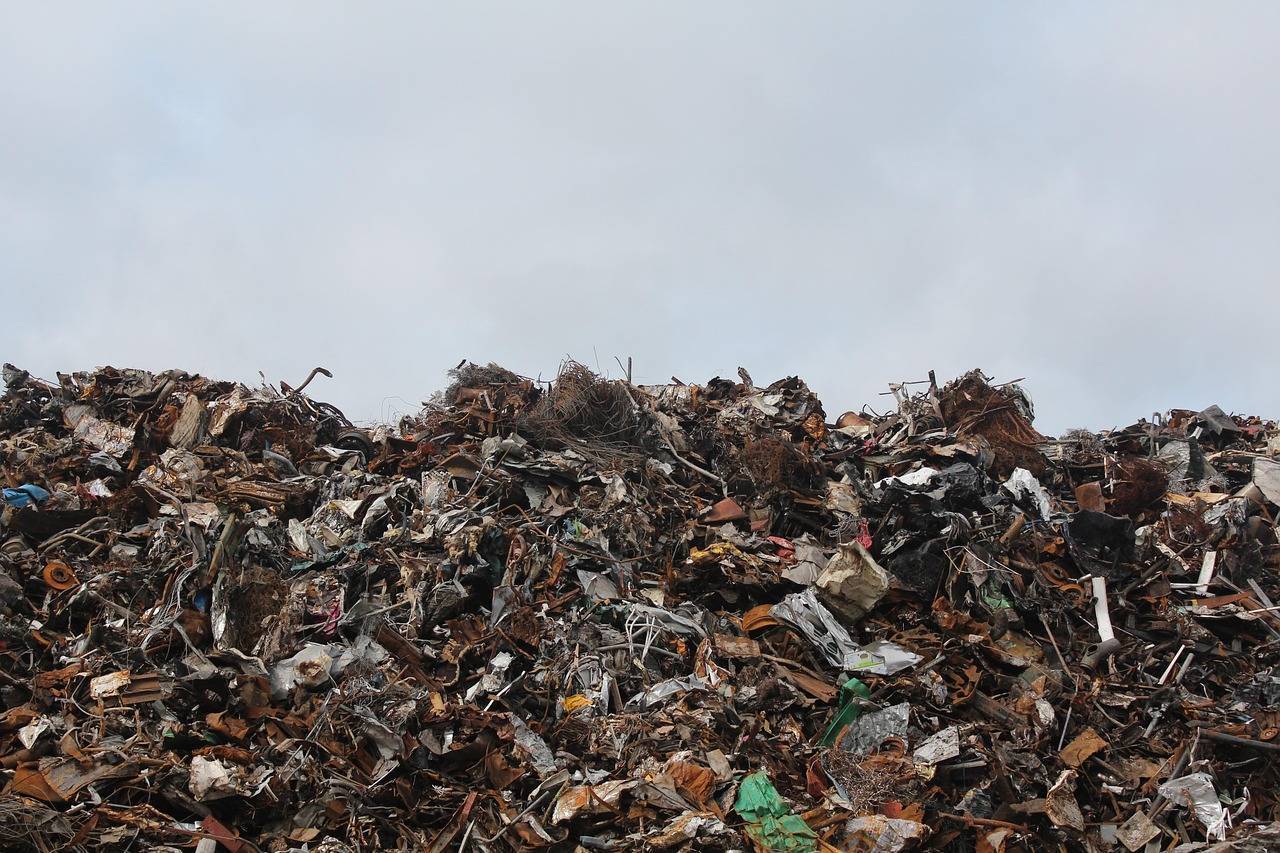
.png)